Let’s all mobilise. Let’s all be on the right side of history. Make the moral choice between love versus hate. Let’s do the right thing.
After winning Best Adapted Screenplay at the Oscars this year for BlacKkKlansman, Spike Lee finished off his acceptance speech with these words. Undeniably the most politically charged of the evening, it drew the ire of President Trump who accused Lee of putting out a “racist hit” on him.
When it was released thirty years ago, Spike Lee’s seminal film Do The Right Thing had similar accusations thrown at it. After walking out of a preview screening, Roger Ebert sat down and wrote:
“Some are bothered by it; they think it will cause trouble. Others feel the message is confused. Some find it too militant, others find it the work of a middle-class director who is trying to play street-smart.”
Spike Lee’s entire filmography seems racked with controversy, stirred up by people who believe his work encourages “black violence”. These complaints also completely miss the point of his ideology. Lee’s films often exist in a grey area, contemplating the difficulty of navigating contemporary social and political institutions, and Do The Right Thing in particular strives to demonstrate that the choice between taking a stand and letting things go is never a simple one.
Set on the streets of Brooklyn on a single, stinking hot day, tensions rise between the predominantly African-American community that resides there and the Italian-American family who run the local pizzeria. This neighbourhood has the setup of a Shakespearean comedy, introducing a cast of vibrant characters who exchange barbs, play with contemporary slang, and deliver off-the-cuff soliloquys. But the further into the film we get, the clearer it becomes that this humour is concealing deep-rooted anxieties in the community’s consciousness. And then, right at the climax, it all becomes obvious – this story was never building to a comical punch line. Spike Lee is telling the story of a Shakespearean tragedy.
During this hot day in Brooklyn, everyone’s anger is kept on a simmer by the exhaustion that comes with scorching weather conditions. Come nightfall, a cool breeze sweeps in, and people find the energy to take action. What starts as a minor objection against a pizzeria’s lack of African-American representation on their “Wall of Fame” erupts into a violent street brawl, the murder of a black man at the hands of white police officers, and a burned down restaurant. Sal, the owner, is distraught at the loss of his business. For a moment, we too empathise him – and then Lee slaps us out of it. We just watched a black man senselessly killed. Why are we so fixated on a replaceable shop?
A shallow reading of the film would boil its moral statement down to Mookie’s singular action of throwing a trashcan through the window of Sal’s Pizzeria in response to seeing his friend murdered. But every time Lee is asked whether this was indeed the right thing to do, his response is always the same: that no person of colour has ever asked him that. Even though Mookie is literally lectured at one point to “Always try to do the right thing”, there is never any explanation as to what this actually is.
The closest we get is Radio Raheem’s soliloquy directed right to the camera about the story of “Left Hand, Right Hand”, representing the constant struggle between love and hate. This dichotomy echoes all throughout Do The Right Thing, forcing each character to wrestle with the choice between peace and conflict in situations where either option could be seen as a viable alternative.
To truly understand the citizens of this neighbourhood, it is necessary for us to let our own privilege, as viewers, be challenged. It is often seen as a shelter, but privilege can also act as a pedestal from which we can look down and judge others’ actions as right and wrong. But when that pedestal is taken away, and in a single moment we are forced to react to extreme injustice, we too must ask ourselves: is it right to take a pacifist approach and risk seeing more people hurt through our own inaction, or is it better to fight back and risk hurting more people in the process?
At the end of Do The Right Thing, Spike Lee leaves us with two quotes by two respected African-American activists. First, Martin Luther King tells us that violence is an impractical and immoral way to achieve racial justice; then immediately below that text, Malcolm X advocates for violence as a form of self-defence. Both seem like reasonable options. But realistically, neither alternative is a guarantee that innocents will not be hurt, or even that justice will be achieved.
When it comes to countering the rise of unabashed racial discrimination that has become a norm in recent years, Do The Right Thing doesn’t so much tell us how to respond as it does frame the complexity of the situation. Spike Lee leaves us with our heads reeling from the events that have played out, but after the emotional storm has cleared he wants us to ponder it deeply. This is the epitome of the film’s dichotomies – the decisions we must make between feeling and thought, love and hate, passion and indifference. The wisdom Lee leaves us with tells us that if we are to truly determine the right thing to do in any given circumstance, then we must consider alternative perspectives that are just as valuable, meaningful, and unpredictable as our own.





